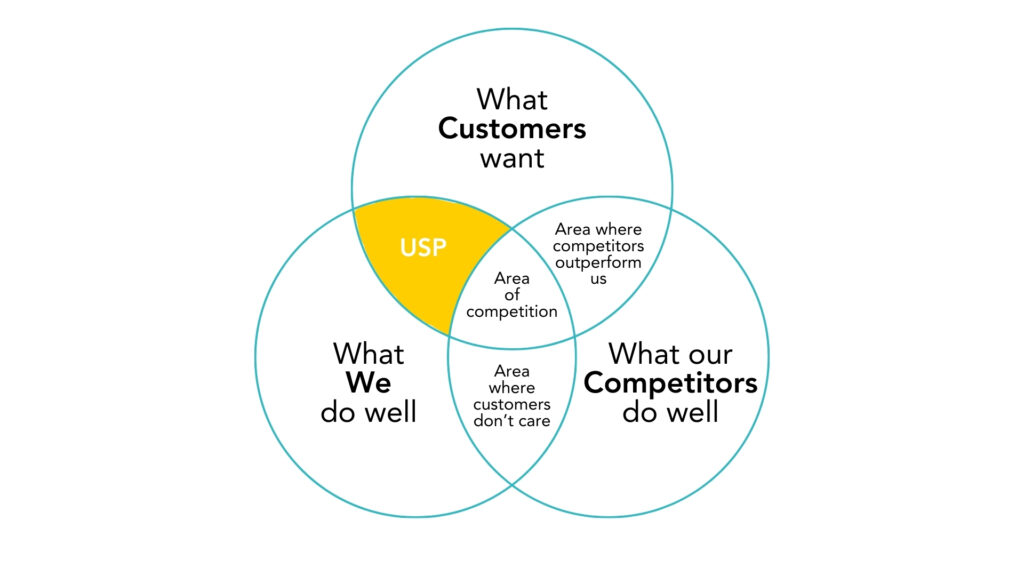A true tale of what not to do
Usp discovery at the team level
I still remember the buzz in the office as we realized we had discovered a unique selling point (USP). A few dedicated employees had been working closely with a major international client, brainstorming ideas and mapping out the customer journey. Together, they had landed on something truly groundbreaking, a seamless integration of physical retail within online shopping, unlocking new revenue streams and competitive advantages. It was a no-brainer. Low cost. Low risk. High reward.
This wasn’t just a cool concept; it was a game-changer but there was a problem:
It wasn’t mandated from the top.
When brilliance meets bureaucracy
Excited by our discovery, we went to the executive leadership team to pitch our groundbreaking findings. We were expecting enthusiasm, perhaps even praise.
Instead, the executives got blank stares, and the executives said:
“This is not how we do things. We will look at if we believe this is strategically good and if so, we will let you know so you can implement it however for now we like you to focus on improving the speed of delivering the strategies we have given you”.
Disappointed, we realized that our leaders believed impact had to come from the top – because if they didn’t come up with it, they didn’t believe in it.
Hierarchy over innovation, control over creativity
It was clear to us that if we were going to move forward with a new initiative, it had to come from an executive holding a PowerPoint labelled ‘Strategic Direction 202X’, not from a team of “low level” employees even if they had customer data saying customers loved their innovation.
When employees won’t take no for an answer
The employees, however, had done the math. They knew this idea was too good to waste. So, since the project was low-cost, low-risk, and high-reward, they built it anyway. Because they cared about the client whom they had worked so closely with testing the solution. Without disrupting other priorities, they integrated the solution into existing deliveries, launched quietly with the client.
The result?
- Payment Anonymous was suddenly the first and only organization in Europe with this groundbreaking solution, a real USP activated.
- Customers loved it
- New leads started pouring in.
- Entirely new customer segments began showing interest.
This should have been a defining moment for Payment Anonymous A case study in customer-driven innovation, and how empowering employees can lead to massive breakthroughs. But that’s not how leadership saw it.
Leadership’s response: “no”
Presented with undeniable success, leadership did what no forward-thinking, innovative company would do. They dismissed it entirely.
“This isn’t what we decided to focus on. It isn’t in our strategy.”
“We should be following the competition, not taking unnecessary risks.”
“If we just copy what the market leaders are doing,
we’ll be just as good as them, and then we’ll win too!”
Rather than capitalizing on their unique competitive advantage, Payment Anonymous doubled down on in the area where their competitors had a competitive advantage.

Leaders wanted to be as good as their competitors rather than better. Instead of scaling up an already successful innovation, they abandoned it—simply because it hadn’t come from the right people in the right way.
What happened to the employees who made it happen? Let’s just say they didn’t stay for long.
What could have been
Imagine if the executive leaders at Payment Anonymous embraced the belief that
THERE IS ONLY ONE BOSS
And believed that innovation could come from anywhere in their organization and acted it out.
What would have happened if they had chosen to lead their organization with trust and inspired innovation instead of hierarchy and rigid control?
Where leadership asked:
- How can we build an organization that delivers greatness by inspiring our teams to achieve great things and provide them with the ability to?
- How can we capitalize on this proven opportunity and create more opportunities just like this one?
- How can we reward, promote and recognize the people who bring greatness and make sure it multiplies and spreads in our organization?
- How can we empower our teams to drive more innovation?
In this scenario, Payment Anonymous wouldn’t just be keeping up with the competition.
They would be leading the market.
But they chose the comfort zone of doing what seemed to be a safe path. The predictable path. The “copy everyone else” path.
And as a result, they missed their chance to be truly exceptional as another story from the same company goes to show copying didn’t pay off.
The lesson: control kills innovation
- Top-down micromanagement doesn’t create breakthroughs. It kills them.
- Distrust in employees doesn’t prevent failure. It prevents success.
- Following the competition doesn’t make you competitive. It makes you irrelevant.
Meanwhile, the organization that trusts their employees, embraces innovation to come from anywhere, and listens to their customers?
They don’t just follow the market. They define it!
Key take aways
Innovation Doesn’t Need to Come from the Top – Great ideas can emerge from anywhere in an organization, especially from teams working closely with customers. Leadership that dismisses employee-driven innovation risks stagnation and missed opportunities.
Hierarchy and Bureaucracy Kill Competitive Advantage – Despite clear market success, the leadership rejected the initiative because it did not align with pre-existing strategic plans.A company that prioritizes control over creativity will struggle in a disruptive environment.
Empowered Employees Drive Growth – The employees who built the solution proved its value through real-world customer adoption. Companies that recognize and support employee-led innovation will stay ahead of competitors.
Following the Competition is a Losing Strategy – Instead of embracing a true differentiator, leadership chose to copy competitors. Being “just as good” as or even trying to compete in an area where competitors have a USP doesn’t win the market. Being different and better does.
The Cost of Ignoring Innovation is High – The employees who pioneered the USP eventually left the company due to a lack of recognition and support. Losing talent and innovation potential can cripple long-term success.
Innovation Requires Trust & Vision – Organizations that embrace employee-led ideas, trust their teams, and foster a culture of innovation will not just compete but lead their industries. Those who cling to rigid hierarchy and control will be left behind.
Do you want to learn how to avoid the mistakes made by these leaders?


